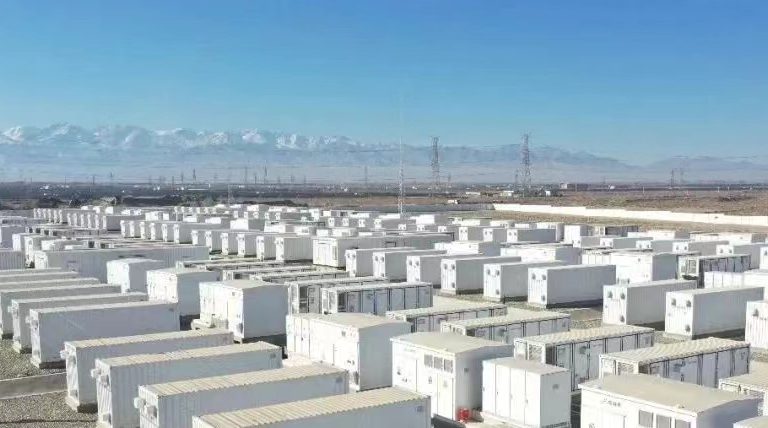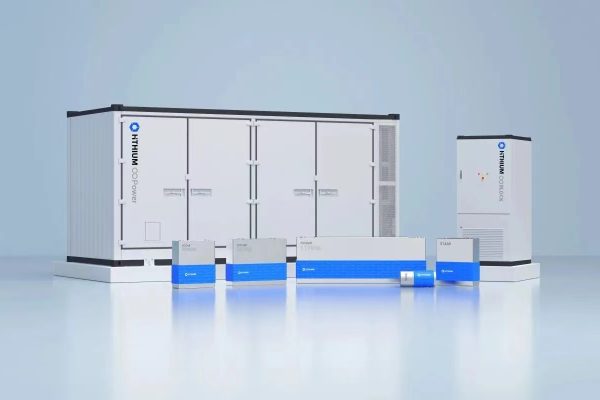Why Incoterms Matter for Cost Planning
For exporters of energy storage systems (ESS), Incoterms determine who bears costs, risk, and responsibilities at each stage of the shipping process. Understanding cost structures under different trade terms—including FOB, CIF, DDP, and EXW—is essential for pricing, profitability, and clear quotations.
1. EXW (Ex Works)
- Definition: Seller’s responsibility ends at the factory or warehouse. Buyer arranges all transport, insurance, and customs.
- Cost Implications:
- Minimal logistics cost for exporter.
- Buyer assumes shipping, insurance, and duties.
- Exporter Advantage: Low risk and simplified administration.
- Exporter Tip: Ideal for experienced buyers with established logistics.
2. FOB (Free on Board)
- Definition: Seller delivers goods to the port of origin and loads them onto the vessel; buyer assumes responsibility thereafter.
- Cost Implications:
- Exporter pays domestic transport and port handling.
- Buyer covers ocean freight, insurance, and import duties.
- Exporter Advantage: Moderate responsibility; transparent cost allocation.
- Exporter Tip: Present FOB price clearly, separating it from buyer-arranged shipping costs.
3. CIF (Cost, Insurance, Freight)
- Definition: Seller arranges and pays for shipping and insurance to the buyer’s port; risk transfers upon arrival.
- Cost Implications:
- Exporter incurs shipping, freight, and insurance costs.
- Buyer covers customs clearance, import duties, and local transport.
- Exporter Advantage: Makes offer attractive to buyers needing logistics support.
- Exporter Tip: Include detailed breakdown of freight and insurance costs to avoid disputes.
4. DDP (Delivered Duty Paid)
- Definition: Seller delivers goods to buyer’s premises, covering all costs including shipping, insurance, duties, and taxes.
- Cost Implications:
- Exporter bears full responsibility; costs can be significantly higher.
- Provides a turnkey solution for the buyer.
- Exporter Advantage: Can win buyers who prefer a hassle-free experience.
- Exporter Tip: Include contingency for duties, currency fluctuations, and local charges.
5. Comparative Cost Analysis
| Incoterm | Exporter Costs | Buyer Costs | Risk Transfer Point |
|---|---|---|---|
| EXW | Minimal | All others | Factory/warehouse |
| FOB | Domestic transport & port | Ocean freight, insurance, duties | Onboard vessel |
| CIF | Transport, freight, insurance | Duties, clearance, local delivery | Arrival at port |
| DDP | All-inclusive | Minimal | Delivery at buyer’s site |
Exporter Tip: Use this table in quotations to explain cost allocation clearly.
6. Strategic Considerations
- Market Type: Emerging markets may prefer DDP or CIF; developed markets may favor FOB.
- Buyer Expertise: Less experienced buyers may value full-service terms.
- Margin Management: Include insurance, freight, and duty estimates in CIF/DDP to protect profitability.
- Logistics Capability: Ensure your team can manage additional responsibilities for CIF/DDP.
Exporter Tip: Adjust trade terms based on buyer sophistication, market expectations, and internal logistics capacity.
7. Aligning Costs and Trade Terms
Understanding cost structures under different Incoterms is crucial for exporters to price products accurately, minimize risk, and meet buyer expectations. By clearly communicating costs, risks, and responsibilities, exporters can enhance transparency, build trust, and increase competitiveness in international ESS markets.









